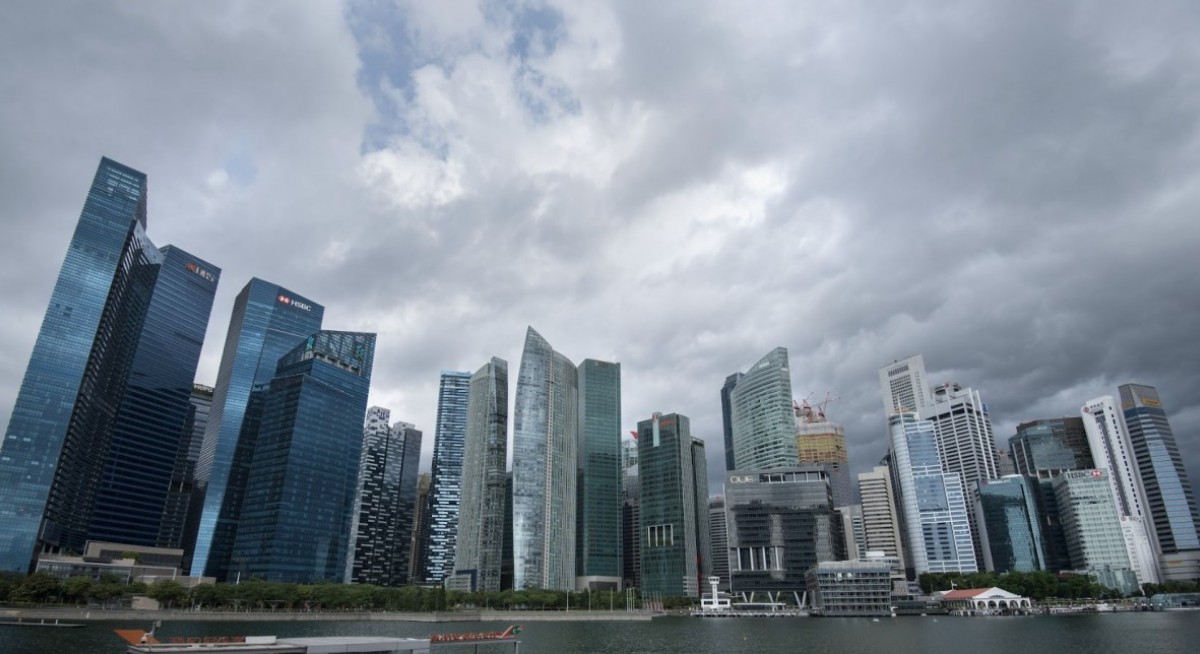JP Morgan analysts Khoi Vu and Rajiv Batra say that they expect these investors to eventually increase their weightings in Singapore.
This is because changes are beginning to materialise in corporate reforms: the government is set to announce further inititaives, in particular around the $5 billion equity development programme (EQDP); broad global monetary easing leading to higher valuations relative to discount rates; improvement in earnings growth on the back of favourable global factors and domestic strength and the world remains long US assets and could seek diversification.
Some market watchers could take issue with “favourable global factors” — of which there may be precious little. Be that as it may, the Singapore dollar, because of unfavourable global factors, has become something of a haven currency, driving down Sora and the 10-year yield on Singapore government securities, our risk-free rate, to lower levels.
The Monetary Authority of Singapore and whole-nation initiative to boost liquidity and interest in equities has triggered interest — long dormant — in local small- and mid-cap stocks.
See also: Did the STI outperform the S&P 500 in the last 5 years? And a table of stocks awaiting better times
And, because of global investors seeking yield, growth and a stable currency, DBS Group Holdings has risen… and risen. Partly, surely, the interest in DBS is because of the articulation of DBS’s own capital management initiatives, and the clarity of managing its balance sheet through its corporate treasury function.
DBS doesn’t feature in JP Morgan’s stocks benefitting from Singapore’s value unlock programme, perhaps because it has moved into the big league of global banks in terms of market capitalisation.
“Our top picks for Singapore on the back of the value-unlock programme are Keppel, City Developments, UOL Group, Hongkong Land and Singapore Telecommunications,” Vu and Batra write in their report.
See also: Rotational interest settles on an unexpected sector
The reasons for the market to go up are four-fold: a higher weighting in the MSCI indices, foreign investors coming back in, low interest rates that build into dividend discount and capital asset pricing models, and the companies themselves adopting strategies for growth and unlocking value via capital management as is the case with the local banks.
The two argue — and correctly so — that the some of the increase could be passive. That is, as prices rise, the market cap of the Singapore market rises and the local market will get a higher representation for its heftier market cap in the MSCI Asia ex-Japan and EAFE indices. The Singapore market will automatically have a higher representation in passive funds via ETFs and the like.
Since January 2024, though the MSCI Singapore has delivered over 70% total returns (price + dividends), significantly above AxJ/EAFE/Global indices (33%-47%), global fund managers' relative exposure shrank during this period the duo point out. Vu and Batra believe that foreign investors usually start to build from mid-cycle onwards, providng the local market with upward potential.
“Low interest rates should keep domestic investors in the market. The collapse in Singapore local rates has been accompanied by a ballooning of SGD deposit balances. SGD deposit growth has accelerated notably since August 2024, with deposits currently $70 billion (9.4% of GDP) above their pre-August trend level,” the JP Morgan duo calculate.
Against this backdrop, Vu and Batra “reiterate a base and bull case for the STI at 5,000 and 6,000 in the next 12 months”.
Technical outlook of the STI and FTSE REIT Index
Technically, 5,000 is looking like an increasing probability. The Straits Times Index (STI) found support at its rising 50-day moving average at 4,311 on Oct 17, establishing this level as a support.
For more stories about where money flows, click here for Capital Section
Since the index has rebounded off this level, it should have sufficient impetus to move above the minor resisance at 4,474. This would lead to a swing towards 4,700. The index closed at 4,422 on Oct 24.
The FTSE REIT Index has broken out of an ascending right triangle, which is a continuation pattern in an uptrend. The breakout level was at the thrice-tested 717 level. The breakout indicates an upside of around 800.
The REIT Index ended at 721 on Oct 24.




